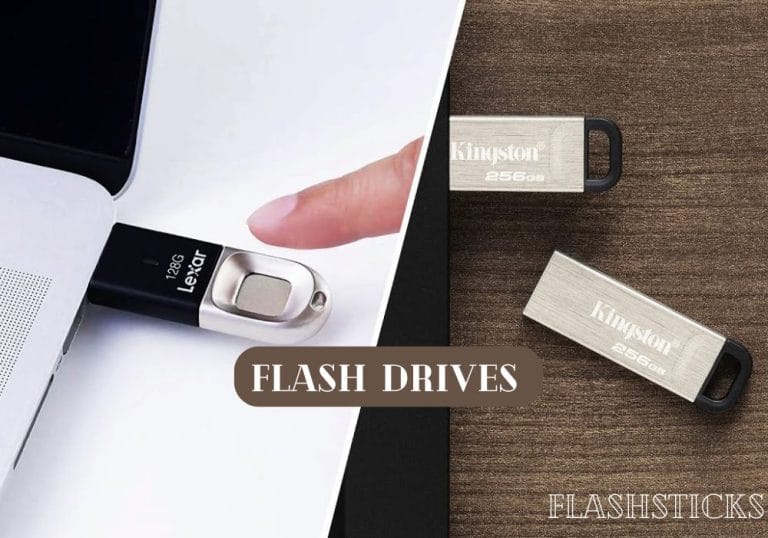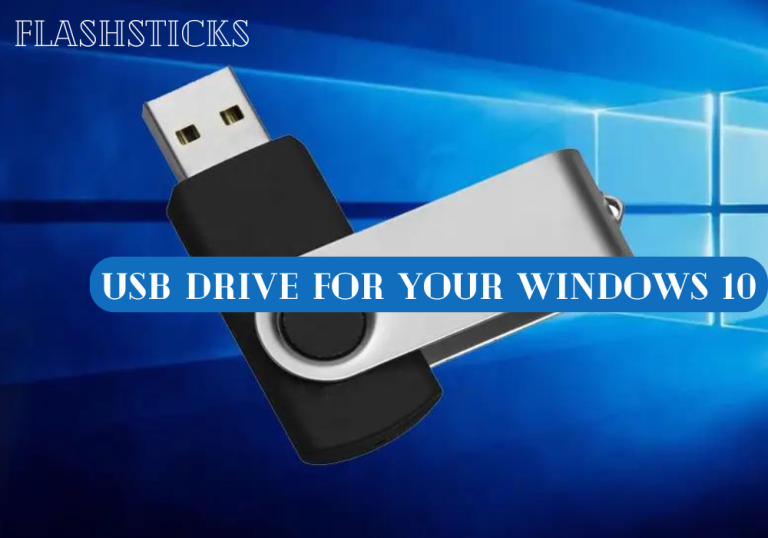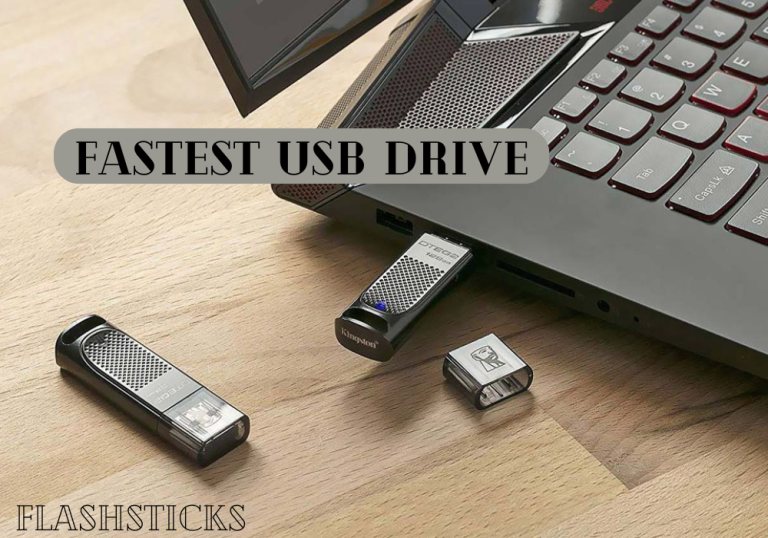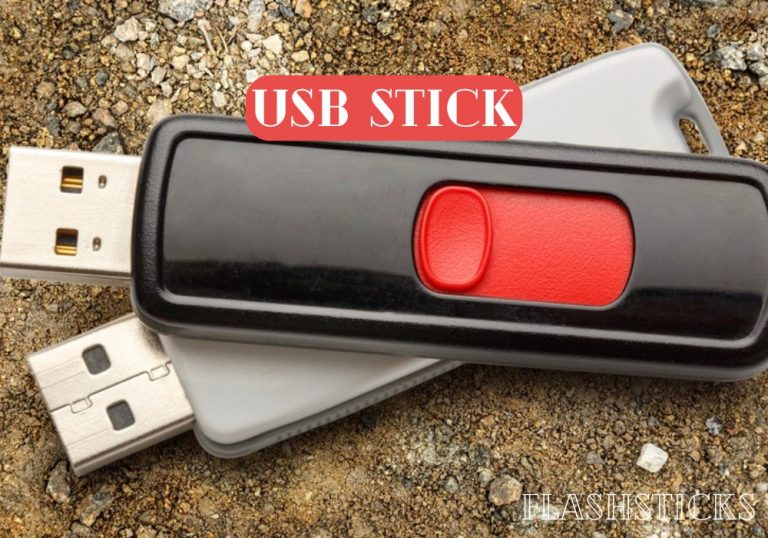How does a flash drive work?
Flash drives are ubiquitous in today’s digital age, providing a convenient way to store and transfer data. But have you ever wondered how exactly a flash drive works? In this comprehensive guide, we’ll delve into the workings of a flash drive, explore its components and benefits, and offer some practical tips for users. Read on to discover the fascinating mechanics behind these essential devices.
Understanding the Basics: What is a Flash Drive?
A flash drive, also known as a USB drive or thumb drive, is a small, portable data storage device that uses flash memory to store information. Flash memory is a type of non-volatile memory that retains data even when the power is turned off. Flash drives connect to computers and other devices via a USB port, making them incredibly versatile and easy to use.
The Key Components of a Flash Drive
To understand how a flash drive works, it’s essential to know its main components:
- USB Connector: The interface that allows the flash drive to connect to a computer or other device.
- Controller Chip: The brain of the flash drive, managing the data on the flash memory and communicating with the host device.
- Flash Memory Chip: The storage medium where data is saved. It consists of millions of tiny cells that hold bits of data.
- Crystal Oscillator: Responsible for generating a clock signal to synchronize the data transfer process.
- Circuit Board: The platform that houses all of these components and allows them to work together.
How Does a Flash Drive Store and Transfer Data?
The process of storing and transferring data on a flash drive involves several steps:
1. Writing Data to the Flash Memory
When you save a file to a flash drive, the following sequence occurs:
- The computer sends the data to the flash drive through the USB connector.
- The controller chip receives the data and determines the optimal location to store it in the flash memory.
- The flash memory chip writes the data to its cells. Each cell can hold a bit of data represented by an electrical charge.
- The data is stored in binary form, which means it’s represented by 1s and 0s.
2. Reading Data from the Flash Memory
When you access a file on a flash drive, the following process takes place:
- The computer requests the data from the flash drive using the USB connector.
- The controller chip locates the data in the flash memory and retrieves it.
- The data is sent back to the computer in binary form via the USB connector.
- The computer interprets the binary data and displays the file to the user.
Benefits of Using Flash Drives
Flash drives offer numerous advantages, making them a popular choice for data storage and transfer. Some of the key benefits include:
- Portability: Flash drives are compact and lightweight, making them easy to carry in your pocket, bag, or on a keychain.
- Durability: Without moving parts, flash drives are more resistant to physical damage compared to traditional hard drives.
- Fast Data Transfer: USB 3.0 and USB 3.1 flash drives offer significantly faster data transfer speeds compared to older USB 2.0 models.
- Compatibility: Flash drives are compatible with a wide range of devices, including computers, tablets, and smart TVs.
- Affordability: Flash drives come in various storage capacities and price points, making them accessible for different budgets.
Practical Tips for Using Flash Drives
To make the most of your flash drive, consider the following tips:
- Avoid Corruption: Always safely eject your flash drive before removing it from a computer to prevent data corruption.
- Regular Backups: Regularly back up your flash drive’s data to another storage medium to avoid data loss.
- Use Encryption: For sensitive data, consider using encryption software to protect your files.
- Capacity Planning: Choose a flash drive with adequate storage capacity based on your needs to avoid running out of space.
- Keep it Clean: Ensure the USB connector is clean and free from dust or debris for optimal performance.
Frequently Asked Questions (FAQs)
Here are some common questions about flash drives:
| Question | Answer |
|---|---|
| What is the lifespan of a flash drive? | A flash drive typically lasts 10,000 to 100,000 write/erase cycles. |
| Can a flash drive get a virus? | Yes, flash drives can become infected with viruses if connected to infected devices. Use antivirus software to protect your data. |
| How do I recover lost data from a flash drive? | Use data recovery software or consult a professional data recovery service to retrieve lost data. |
Conclusion
Understanding how a flash drive works helps you appreciate the technology that allows you to carry vast amounts of data wherever you go. From the basics of storing and transferring data to the benefits and practical tips, we’ve covered everything you need to know about these handy devices. Whether you’re a tech enthusiast or just someone who needs reliable data storage, flash drives are undoubtedly an essential tool in today’s digital world.
For more insightful articles and tech tips, be sure to check out our other guides on data storage and digital technology. Happy computing!







